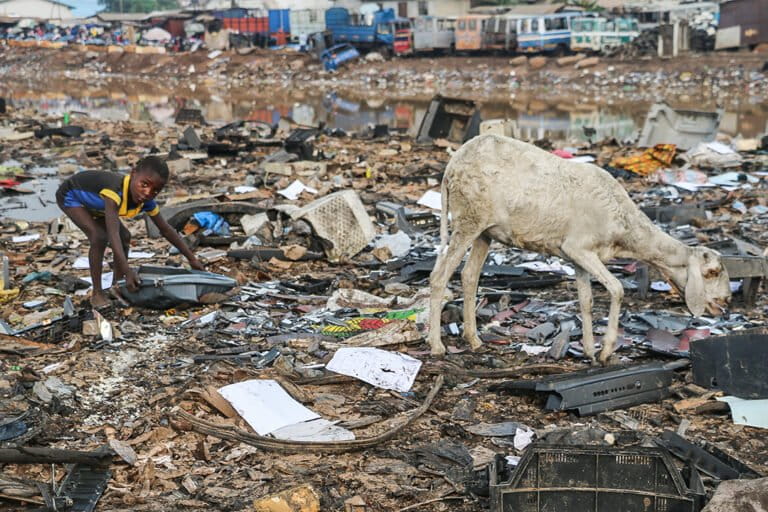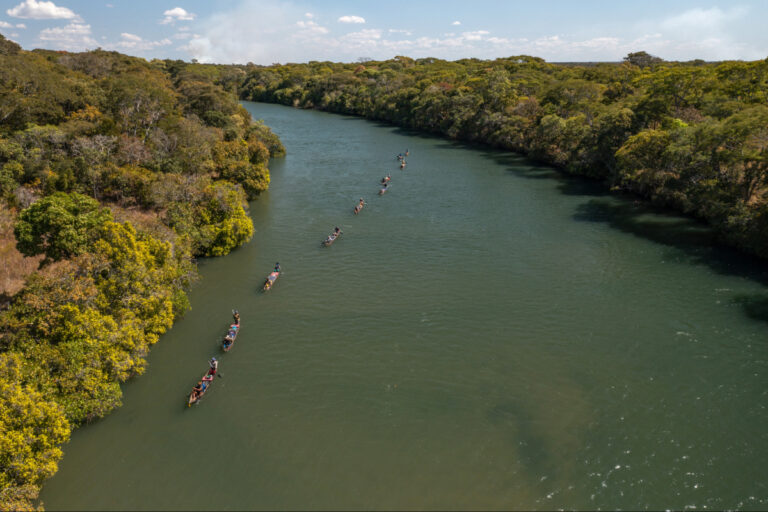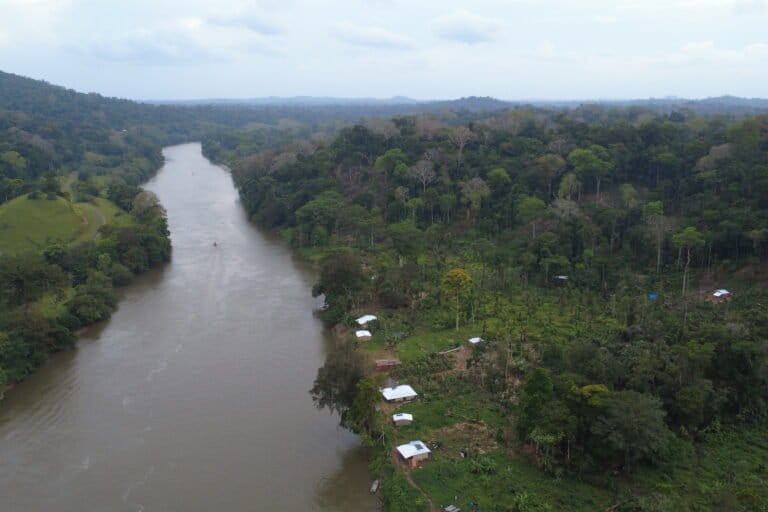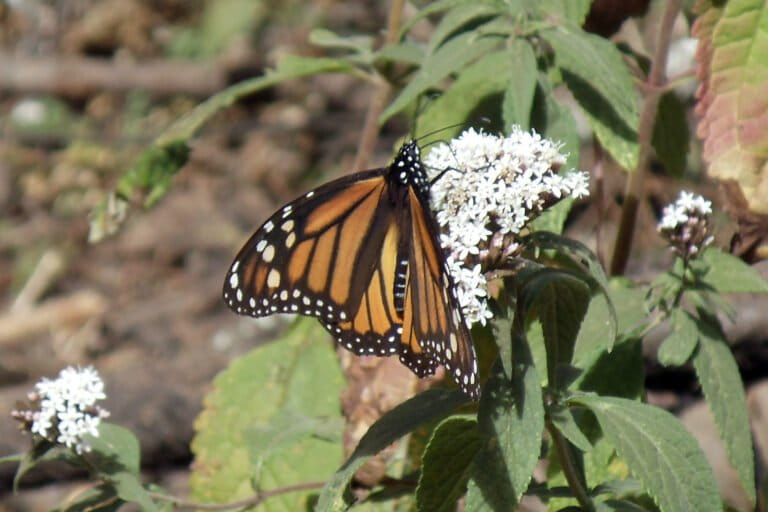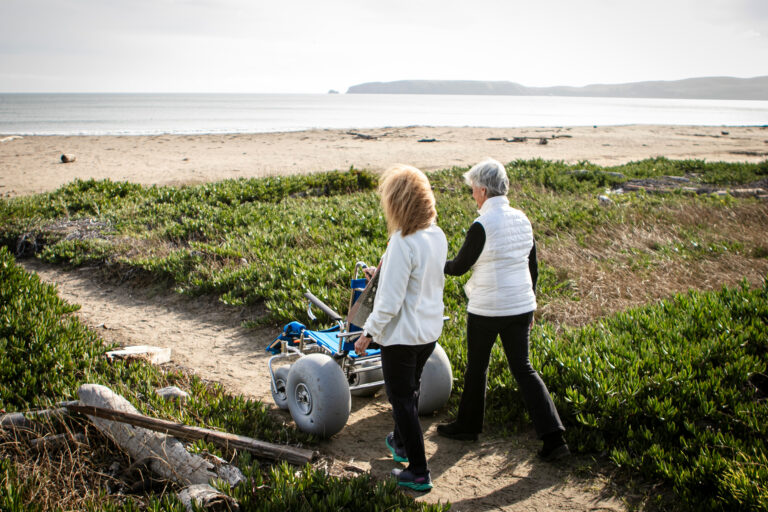- Orchids are unsustainably plucked from the wild the world over to furnish private collections, driving many species to the brink of extinction.
- Conservationists in Southeast Asia are increasingly collaborating with orchid enthusiasts to try to reduce the pressure on wild populations.
- Factors that continue to drive wild harvesting in the region include a lack of knowledge of species’ conservation status and legal protections, and misguided horticultural fads.
- New global guidelines on sustainable orchid practices and budding conservation-focused orchid networks aim to enable orchid enthusiasts to reduce their impact on the very species they adore.
Orchids, known for their flamboyant petals, deceptive mimicry and fascinating lifestyles, have captivated biologists and horticulturists for centuries. With nearly 30,000 described species, they form one of the plant kingdom’s most diverse families. However, habitat loss and unsustainable harvesting for private collections have driven many species to the brink of extinction.
Nowhere is this more acute than in Southeast Asia, a renowned epicenter of orchid diversity. When a new species of slipper orchid, Paphiopedilum canhii, was described in 2010 in Vietnam, for instance, it was collected to near extinction within six months. Moreover, a 2015 study found 347 species of orchid native to the region, many of them rare and threatened, are harvested from the wild to supply the ornamental plant trade.
Conservationists in Southeast Asia are now working urgently to stem further losses by collaborating with an unlikely ally: the collectors themselves.
“Orchid collectors and plant collectors, who in some respects are maybe the drivers of loss, hold lots of expertise and they know a lot about these plants. So engaging with them is probably a productive thing to do,” Jacob Phelps, from the Orchid Specialist Group at the IUCN, the global wildlife conservation authority, told Mongabay.
Several recent studies in orchid-harvesting hotspots like Vietnam and Indonesia have identified receptive communities eager to share their knowledge and showcase their collections to conservation organizations. However, many enthusiasts lack key knowledge about sustainable horticultural practices to ensure their passion for orchids doesn’t unintentionally impact the long-term survival of species in the wild.

The Orchid Specialist Group’s global trade program, which Phelps co-chairs, is in the process of publishing guidelines on sustainable practices for orchid groups to help plug this gap and curb the threats to wild populations.
The guidelines outline a code of conduct that orchid collectors, horticulturists and researcherscan voluntarily adopt in their practices. By encouraging people to consider their role as part of a wider global orchid community, Phelps said he’s hopeful the guidelines can help alleviate pressure on wild populations. It should also stimulate serious consideration of whether taking orchids from the wild is ever acceptable.
The trade in wild orchids flourishes despite domestic laws and international regulations aimed at protecting threatened species, such as the Convention on International Trade in Endangered Species of Wild Flora and Fauna (CITES). But while orchids account for roughly 70% of plant species regulated under CITES, enforcing plant trade regulations is notoriously tricky.
Customs officials often lack the capacity to identify whether species have been poached from the wild, for instance, which can result in illegal specimens entering supply chains and even ending up in scrupulous overseas markets. “Plants, even if they’re well-protected on paper, are rarely enforcement priorities,” Phelps said.

Containing a collecting craze
In addition to commercial trade, local-level collecting for home use among communities living in the vicinity of orchid-rich habitats also represents a serious threat. Many orchid species are so scarce, it doesn’t take much to destabilize their populations.
“In places like Southeast Asia, where there’s really high demand and where some species have really narrow distributions and naturally small population sizes, it only takes one or two bad actors to wipe out significant populations, if not entire species,” Phelps said.
Localized orchid-collecting trends can escalate quickly. In 2021, conservationists on the Philippine island of Mindanao grew concerned about an orchid-collecting craze that first took off amid the COVID-19 pandemic. Residents looking to bring a bit of nature into their homes during confinements had begun to overharvest plants from Mount Busa, an important center of orchid diversity inhabited by several tribal communities, prompting conservation authorities to issue a warning against poachers.
Kier Mitchel Pitogo has been working to document the richness of Mount Busa’s flora since 2018. So far, he and his colleagues have identified roughly 250 species of orchid across the 114,000-hectare (282,000-acre) mountain. He said that while it’s difficult to gauge whether current levels of orchid harvesting are sustainable in the area due to a lack of empirical information on species abundance and distribution, it’s clear that many species are less common than they used to be.
“Certain species are more rare and uncommon, even in pristine forests,” Pitogo told Mongabay. “And when coupled with habitat loss, these species are becoming more accessible to collectors, so they’re increasingly vulnerable.”
Pitogo is now designing education materials aimed at curbing the rampant collecting at Mount Busa. Data show that lowland orchids with large, colorful flowers are the most attractive to harvesters. Therefore, outreach campaigns will focus on these types of species. Widening the scope of conservation efforts beyond the usual list of nationally protected species is vital, Pitogo said, since even once-common species are beginning to suffer.
It’s in people’s interests to prevent local plant extinctions, Pitogo added, because the loss of orchid diversity translates into more than just impoverished ecosystems. Besides the loss of essential biological processes like pollination and predator-prey relationships, the collective benefits nature bestows on humans are also diminished.
“We lose many non-material benefits [when we lose a species],” he said, “like the mental, emotional and well-being benefits of seeing orchids in the wild. And when we lose species that are endemic to an area, we lose that aspect of our identity.”

Can knowledge transform behaviors?
The intensifying trade in orchids via online platforms presents another major challenge. Social media accelerates trafficking by directly connecting poachers and collectors, often with minimal or no oversight from authorities. To make matters worse, studies show that a significant proportion of the online trade focuses on plants taken from the wild. A 2015 study, for instance, linked up to 46% of listings on orchid social media groups with wild-collected plants.
Similarly, a new study from Vietnam reported orchids being sold “by the bushel” in an online orchid hobbyist group — a sure sign that they were taken from the wild, the study says. “Seeing orchids sold [by the kilogram] is unusual and concerning — it’s comparative to seeing multiple tons of pangolin scales, representing an enormous impact on localized populations,” study lead author Elizabeth Davis, a senior community engagement researcher at San Diego Zoo Wildlife Alliance, told Mongabay. “Such a high rate of harvest is likely unsustainable considering orchids’ long maturation rate and specific environmental needs,” she added.
All trade in wild orchids is illegal in Vietnam. Several state decrees prohibit the trade in any wild-harvested orchids domestically, and CITES rules strictly regulate their cross-border trade. However, when Davis and her colleagues interviewed members of the hobbyist group to explore their practices and motivations, many traders and collectors seemed unaware of both the legal protections and the dire conservation status of the species they target.
For Davis, the sizable knowledge gaps underscore an urgent need for outreach and education programs to bring orchid enthusiasts up to speed. “We hope that orchid collectors might change their behavior if they gained [more] accurate knowledge,” she said.
A promising avenue for sharing such knowledge is formalized networks of collectors. The study found that several of the collectors in Vietnam would be open to collaborating with conservationists on such outreach initiatives.
“Networks could be an opportunity for information exchange about existing laws, Vietnamese orchid status, and how to sustainably propagate these species … which could perhaps limit unsustainable wild harvest,” Davis said, adding that many collectors in Vietnam currently lack skills in basic horticultural techniques, such as sustainable propagation.
Orchid enthusiast networks could also provide an avenue through which to transform harvesters and collectors into conservation allies by channeling their extensive knowledge of orchid hotspots into environmental initiatives, such as orchid population assessments, the study says.

Collections for conservation
The openness of collectors in Vietnam reflects similar findings in Indonesia. In a 2022 study, conservationists approached people who owned illegal private collections of critically endangered slipper orchids that are rarely held in conservation stocks in botanical gardens. Rather than shunning the scientists, the collectors were surprisingly receptive to collaborating on initiatives to transform their collections into ex situ conservation reservoirs.
Such collaborations are not to say conservationists condone illegal orchid harvesting. It’s simply a matter of tactics, Phelps said. “It’s tempting to moralize [with illegal collectors], but it’s not very effective,” he said. An “open, candid and sensitive” approach, as used in the Indonesia study, can be an opportunity for educating collectors that ultimately yields better outcomes for both people and nature, he said. “It has helped provide these ex situ reservoirs [of genetic material] that otherwise simply wouldn’t exist.”
Pitogo in the Philippines agreed that fostering sustainable orchid propagation is an important part of the overall solution. Cultivating in-demand species could prove particularly pivotal in reducing the pressure on wild plant populations in remote orchid hotspots like Mount Busa, he said. “For local communities who are involved in [wild harvesting], gathering wild orchids can be an additional source of income, similar to incomes they derive from other forest products … So we should definitely be looking into partnering with Indigenous peoples and local communities to build local nurseries so that we reduce the pressure on wild populations.”
Ultimately, while closer collaboration between conservationists and collectors can’t solve everything for orchids — they’re still critically vulnerable to habitat loss and climate change — it’s a unifying step in the right direction. As Phelps put it, “the people who might be responsible for environmental harm might also be part of the solution.”
Banner image:A lady slipper orchid (Paphiopedilum haynaldianum) photographed in the forests of Mindanao Island in the Philippines. Image courtesy of Aljohn Jay L. Saavedra.
Carolyn Cowanis a staff writer for Mongabay. Follow her on 𝕏, @CarolynCowan11.
Citations:
Hinsley, A., De Boer, H. J., Fay, M. F., Gale, S. W., Gardiner, L. M., Gunasekara, R. S., … Phelps, J. (2017). A review of the trade in orchids and its implications for conservation. Botanical Journal of the Linnean Society, 186(4), 435-455. doi:10.1093/botlinnean/box083
Saavedra, A. J., & Pitogo, K. M. (2021). Richness and distribution of orchids (Orchidaceae) in the forests of Mount Busa, Sarangani, southern Mindanao, Philippines. Philippine Journal of Science, 150(S1). doi:10.56899/150.s1.10
Pitogo, K. M., & Saavedra, A. J. (2024). Orchid trade at the source: Epiphytic species with conspicuous flowers in low‐elevation forests are more locally collected in a Philippine key biodiversity area. Biotropica, 56(4). doi:10.1111/btp.13336
Hinsley, A., Lee, T. E., Harrison, J. R., & Roberts, D. L. (2016). Estimating the extent and structure of trade in horticultural orchids via social media. Conservation Biology, 30(5), 1038-1047. doi:10.1111/cobi.12721
Davis, E. O., Graves, A., Block, H., Powell, C., & Cao, T. T. (2024). Knowledge gaps and opportunities for conservation with orchid collectors in Vietnam. Biotropica. doi:10.1111/btp.13376
See related story:
Mining and logging threaten a wildlife wonderland on a Philippine mountain
FEEDBACK: Use this form to send a message to the author of this post. If you want to post a public comment, you can do that at the bottom of the page.







